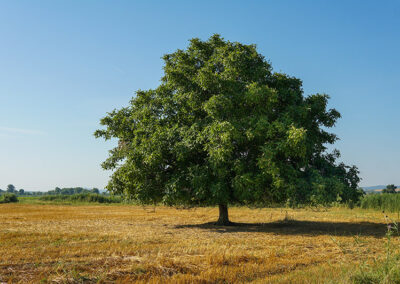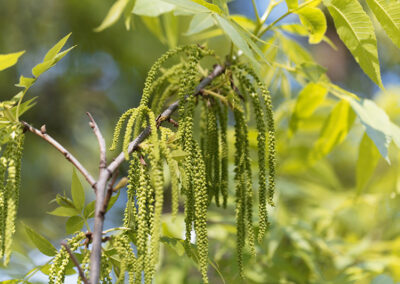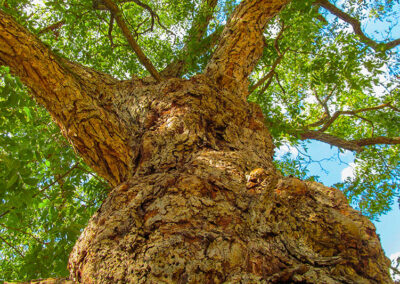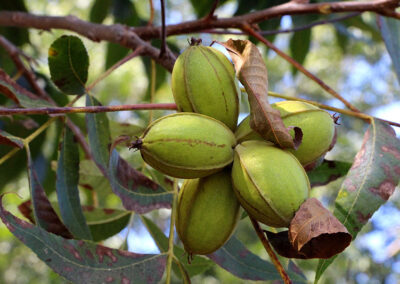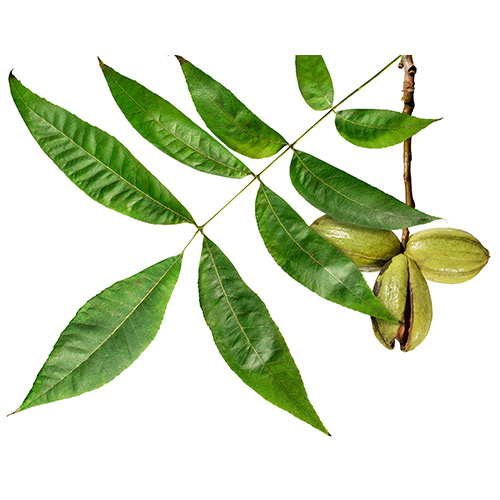
Pecan

Pollen Type: Tree
Cross-Reactivity: Shellbark Hickory, White Hickory
HS Allergy Extract: Pecan
Family: Juglandaceae
Genus/Species: Hicoria pecan
Common Names: Pecan
Distribution: Iowa and Kentucky to North Carolina and Florida; westward to Oklahoma, Texas and California. Now widely cultivated as far north as 45°.
Locations: In the wild or in orchards. Native from Iowa to the south-central United States. Cultivation extends its range considerably.
Pollinating Period: April & May
Pollination Method: Wind-pollinated
Description: Pecan is a large deciduous tree growing to 170’. The grayish-brown bark becomes deeply furrowed with age. The leaves are divided, forming 11-17 leaflets. The lance-shaped leaflets are 4”-7” long, short-stalked, serrated, and somewhat covered with densely matted woolly hairs when young. Its winter buds are yellow. In the spring, slender staminate (male) catkins (cylindrical flower clusters) develop and are 2”-5” long, usually growing in crowded clusters. They produce considerable amounts of pollen. The pecan fruit grows 3-10 in a cluster or spike. Planted both as an ornamental and an orchard tree, Pecan is a prime example of a tree causing extensive hay fever because of human influence.

